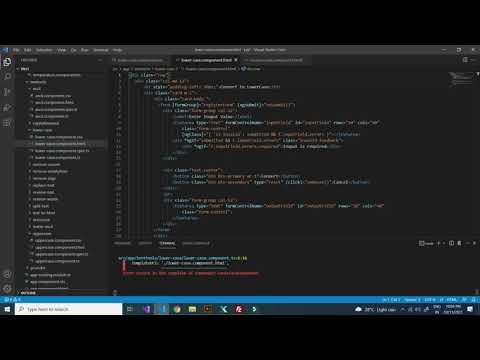Formgroup Is Not A Known Property Of Form
FormGroup is Not a Known Property of Form: Exploring Angular Forms and How to Resolve the Error
HTML forms are a crucial component of web development as they allow users to input data and interact with applications. When building forms in Angular, developers often utilize various properties and directives to enhance functionality and usability. However, sometimes errors can occur, such as the “formGroup is not a known property of form” error. In this article, we will delve into the world of form groups in HTML forms, understand the error, and provide solutions to resolve it.
HTML Form Basics: Understanding Properties in HTML Forms
Before diving into Angular forms and the “formGroup is not a known property of form” error, it is essential to have a basic understanding of HTML forms. In HTML, a form is created using the `
